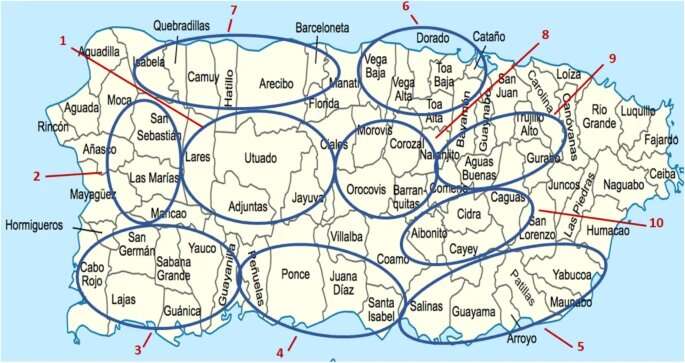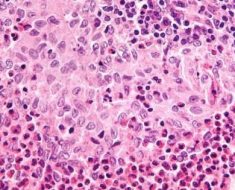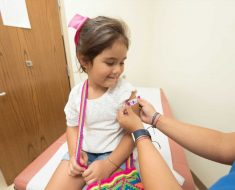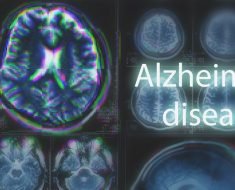
Hurricane Maria was one the worst natural disasters to hit Puerto Rico. The storm created extensive damage to infrastructure and destroyed the country’s electrical grid. A new study by researchers at the George Washington University Milken Institute School of Public Health has looked at how these issues led to a large number of fatalities that occurred after the storm had passed.
The study found that people with noncommunicable diseases, such as heart disease and diabetes, died because they could not receive adequate care in the aftermath of the storm. It also found that people with chronic diseases died at disproportionately high rates after Hurricane Maria. The work published in BMC Public Health on Nov 15.
The research found these excess deaths were linked to:
- Damaged medical facilities
- Barriers to traveling to health facilities
- Telecommunications outages
- Fuel shortages for medical transport
- Prescription medication and oxygen supply chain interruptions
- Unreliable electrical power grid
“Understanding the systematic failures after Hurricane Maria which led to our most vulnerable populations at greater risk for death is necessary to better prepare for future natural disasters,” said Elizabeth Andrade, assistant professor in the department of prevention and community health at the George Washington University Milken Institute School of Public Health.
“As the climate crisis continues, we are going to see more extreme natural disasters. Governments can prepare for them through learning lessons from past hurricanes to create policies to better support community disaster resilience and address the evolving needs of NCD patients.”
More information:
Elizabeth L. Andrade et al, The impact of Hurricane Maria on individuals living with non-communicable disease in Puerto Rico: the experience of 10 communities, BMC Public Health (2022). DOI: 10.1186/s12889-022-14552-4
Journal information:
BMC Public Health
Source: Read Full Article





